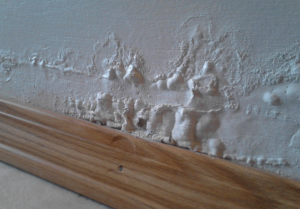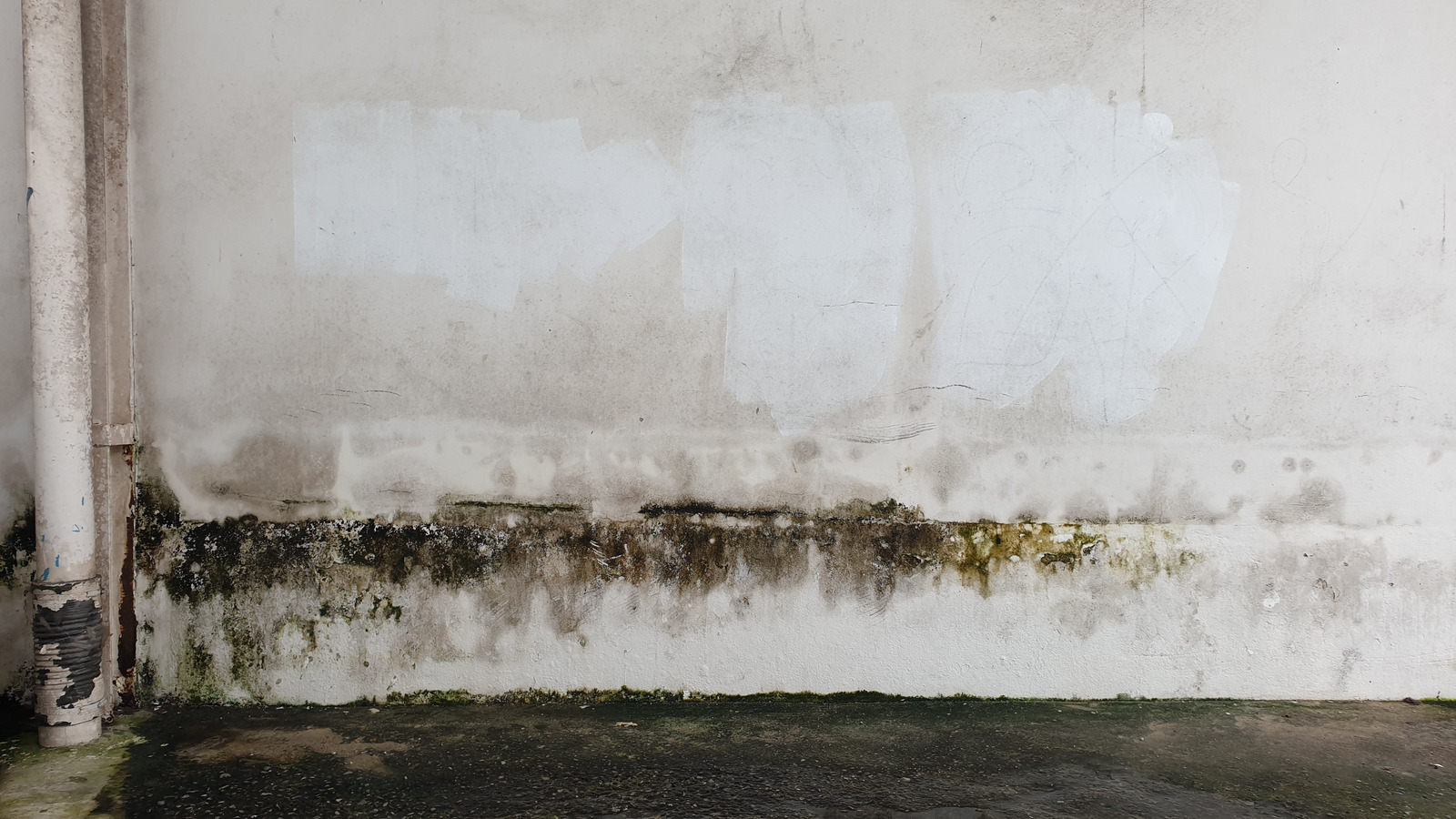Stain from Water on Wall Surfaces - Assessment and Address Guidance
Stain from Water on Wall Surfaces - Assessment and Address Guidance
Blog Article
This post in the next paragraphs on the subject of Water Stains on Walls is seriously remarkable. You should check this stuff out.

Water spots on walls are not positive to the eyes. Occasionally it appears almost unavoidable to experience water discolorations on wall surfaces in residences.
Homeowners living in moist areas continuously deal with the concern of water discolorations on walls. But that doesn't need to be the case for you. With well-shaped and exact information on the causes of water stains and prompt repair work procedures, you will certainly constantly be an action ahead of such incidents. This article guarantees to be a valuable overview for you.
3 Usual Sources Of Water Discolorations on Walls
As opposed to popular belief, water stains on walls do not constantly come from bad structure products. There are a number of root causes of water discolorations on walls. These consist of:
Wet
When warm damp air meets completely dry cold air, it creates water droplets to form on the walls of structures. This takes place in bathrooms as well as kitchen areas when there is heavy steam from cooking or showers. The water beads can tarnish the bordering walls in these parts of your house as well as spread to various other locations.
Wet or condensation influences the roofing and also wall surfaces of buildings. This triggers them to show up darker than various other locations of the home. When the wall surface is wet, it produces an ideal atmosphere for the growth of microorganisms and also fungis. These might have damaging effects on wellness, such as allergic reactions and also respiratory system problems.
Poor Water drainage
This will certainly protect against water from permeating into the wall surfaces. This web links to extreme moisture that you observe on the wall surfaces of your structure.
So, the leading reason for damp walls, in this instance, can be a poor drain system. It can also be due to poor administration of sewage pipes that run through the structure.
Pipe Leaks
The majority of houses have a network of pipes within the wall surfaces. This makes certain that the pipes are faraway from the reach of destructive rodents. It always enhances the practicality of such pipes, as there is little oxygen within the wall surfaces. This dissuades rust.
A downside to this is that water leakage impacts the wall surfaces of the building and creates widespread damage. An indicator of damaged pipelines is the appearance of a water stain on the wall surface.
Pro Idea
A houseplant in your house also increases its humidity. If the home is already humid, you might desire to introduce houseplants with minimal transpiration. An instance of ideal houseplants is succulents.
Water Spots on Wall: Repair Work Tips
When dealing with water stains, homeowners would generally want a fast solution. They would certainly soon realize this is detrimental as the water spots persist. Below are a couple of helpful tips that will assist you in the repair work of water stains on wall surfaces:
Conclusion
Although no person wants to have water spots on walls in their house, it can take place to the very best people. This post offers you leverage, as you currently know how to handle this accident if it does happen.
It is always best to recruit professional services to help fix the problems in your house.
Sometimes it appears virtually unpreventable to experience water discolorations on wall surfaces in houses.
Contrary to popular idea, water discolorations on walls do not constantly stem from bad building materials. There are several reasons of water stains on walls. The water beads can tarnish the surrounding walls in these components of your house as well as spread to other locations.
Here are a few valuable suggestions that will certainly direct you in the repair of water spots on wall surfaces:
CHECKING FOR WATER DAMAGE
Water damage can be costly, and it may begin before you even notice the first signs of trouble. Water damage can cause mold and mildew in your walls and floors, which can create an abundance of health concerns for your family. It can also lead to costly repairs of various appliances and general home fixtures. To avoid the pricey consequences of water damage, here are Warner Service’s top 5 places you should check:
The walls – The easiest place to spot the beginnings of water damage is on the walls and ceilings of your home. If water damage is present, there will most likely be water stains, especially around the windows and doorframes, and/or cracks in the drywall. If a stain looks unusual (discolored to brown, black or gray, raised texture), has a swollen appearance or is soft to the touch, contact a professional immediately. The pipes – To avoid water damage, consistently check the pipes in your kitchen (especially the dishwasher and ice maker), bathrooms, laundry room (specifically washing machines) and basement for corrosion, leaks and water stains. Pay special attention to where the pipes connect in your home and the location of caulking around the bathroom fixtures, including toilets, sinks, showers and tubs. Missing or loose caulking and grout could be signs of leaking water. This seepage can also quickly cause mold and rust, so double check your water heater and tank for wet spots on the floor. The floor – Water damage is very easy to spot on the floor. Look for any warping or buckling of the material, especially in the basement. If your home has wood flooring, look for bright white or dark stains. If your home has carpeting, keep it dry and clean. A damp carpet that smells of mold could cause water damage and health problems. To avoid this, consider installing floor pans under your appliances to help prevent damages from small, slow and undetected leaks. The basement and attic – If your basement or attic smells odd check for mold and mildew around the area, especially the valley where the roof meets. While you are inspecting those areas, check for wall cracks, floor stains, rust and dampness in the insulation. If you live in a colder and/or rainier climate, perform routine checks for water damage from melting snow or ice and rain. The exterior – Check the roof for damaged flashing and missing, cracked or curled shingles. There should also be no standing water anywhere outside your home. This could be caused by puddles, leaky rain gutters or hoses, poor drainage, or short gutter spouts. Invest in a sump pump system or water flow monitoring system, and perform routine maintenance on these outdoor appliances to avoid indoor water damage.

I came across that entry on How to Find and Repair Water Leaking in the Wall when surfing around the search engines. You should take a moment to share this blog posting if you liked it. Thank you for your time. Kindly check our site back soon.
Go Services Report this page